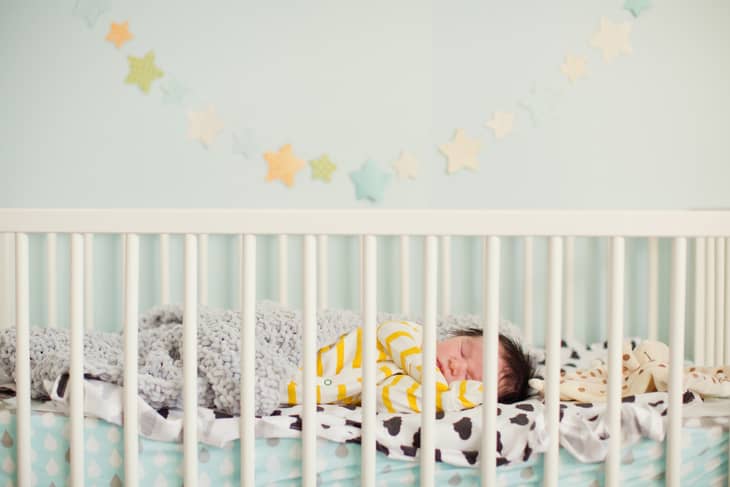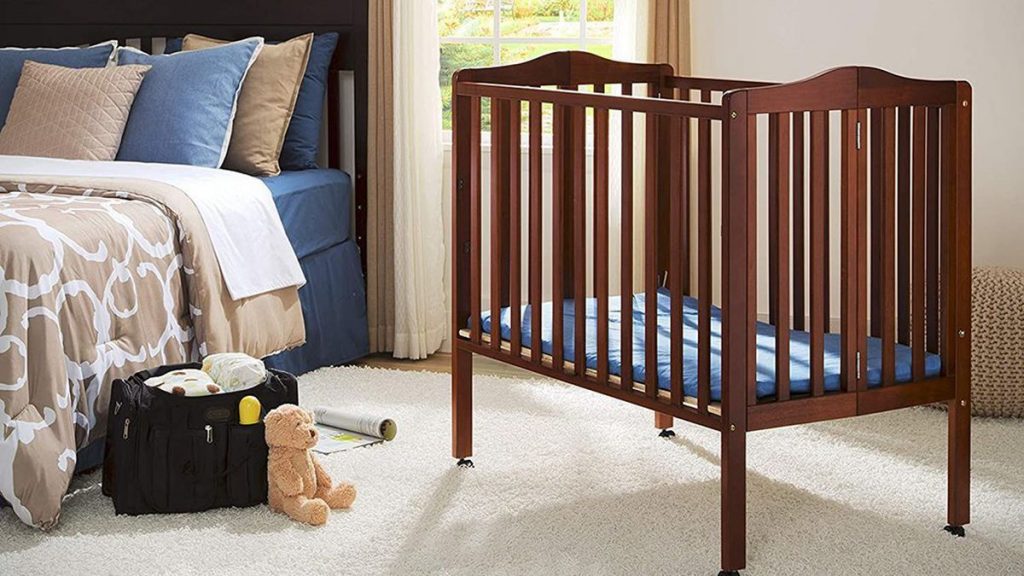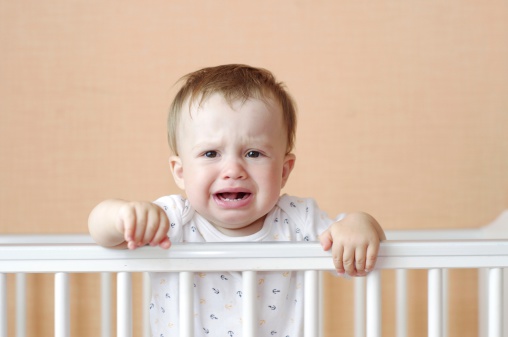
Our babies become the most important thing in our lives the moment they step into them. They’re our little bundles of joy; however, they need our utmost care and attention. One of the vital things that we need to pay attention to when it comes to our babies has to be their sleep patterns. Newborns start by sleeping in their parent’s arms, but at a certain age, you’ve to transition them into a crib.
Transitioning your baby from any sleeping place to another is arduous, as babies tend to get used and clingy to a sleeping place very quickly. That’s why we’ve gone over the internet with a fine-tooth comb in search of the best ways that will help you to get your baby to sleep in his/her crib.
Read more:
Contents
1.Teach Them the Difference Between Night and Day
This is one of the most important things that your baby should be taught early on. Not only will teaching them the difference between night and day help them sleep in their crib, but they might also have better and calmer sleeping patterns.
You can start by being active and staying in the sunlight with them in the morning and having loud noises near them, then, at night, especially after midnight, you need to be calm and place them in a tranquil environment. Plus, you can try to dim the light as much as possible, make less noise, and even limit the interactions between you and them as much as possible.
2. Prepare the Room
It goes without saying that for some time, your child’s crib should be in the same room as you. And some specialists encourage co-sleeping, which means sharing the same room and sometimes the same bed, of course even when you share the same bed the child must sleep in a unique type of cribs called an in-bed co-sleeper. We use these co-sleepers to decrease the risks of SIDS and to prevent your child from being tangled in sheets or blankets.
Therefore in conjunction with the previous point, when sleeping time comes at night, the room must be prepared to accommodate your child and help him/her go to sleep. You can start by adjusting the temperature to be anywhere between 16 and 19 degrees Celsius, this makes the room cool but not cold. You can also try to dim the lights as much as possible and eliminate anything that can generate a loud noise.
3. Have a Certain Routine
One of the best things that’ll get your baby ready for crib-time is having a routine that you do every day before sleeping. That routine presets your child and sort of tricks their small minds into going to sleep.
You can start by changing their diapers, setting the temperature, and maybe singing a nice soothing lullaby. Also, try rocking the crib as gently as possible as these rocking movements seem to put babies in a sleep-like trance or state.
4. Bottoms First
Do you know the trust exercise called the “trust fall”? If you don’t know it, then you must understand that during this exercise, you fall backward while some friends or colleagues are standing behind you to grab you and prevent you from falling to the ground. While falling down, you get this horrible feeling of tumbling down. That’s the same feeling that babies go through if you try to put them in their crib head first.
It is always advised and recommended to put your child into the crib bottom first and then proceed to lay their heads down. It’s a much safer option and helps the children go to sleep. Plus, you can even proceed to gently tap your baby’s belly after they’re in their crib.
5. Use White Noise
We previously said that it’s best to eliminate any sound source when putting your baby to sleep in his/her crib. However, white noise is different, what’s white noise you might wonder? White noise is a noise that has all frequencies at equal intensities, meaning that it can mask loud noises that stimulate your brain.
For a long time, white noise has worked wonders for people suffering from sleeping disorders like insomnia. This means that it’ll work wonders for your baby, and it does, the market is currently filled to the brim with toys that generate baby-friendly white noise to help put them to sleep.
6. Keep Your Older Children Away
If you’re blessed with more than one child and one of them is still a baby, while the other(s) is a toddler or even older, it’s always best to separate them during sleep-time, especially if the older one(s) can walk on his/her/their own.
It goes without saying that the older child might want to wake his/her little brother or sister to play with and enjoy some sibling quality time. But, that is strictly advised against. All in all, it’s advised against to keep your two children in the same room during sleep-time.
7. Avoid Putting Anything in the Crib With Your Baby
It’s vital that you don’t put anything into the crib with your baby, whether toys, pillows, blankets, or any other thing, as your baby’s safety should always be your top priority. Anything that is put inside the crib can easily harm your baby. For instance, a pillow or a blanket, might become tangled with your baby and suffocate them, while toys have the ability to bruise them.
8. Choose a Firm Mattress
The mattress is critical when it comes to your baby’s sleeping. You need to purchase a mattress that is breathable, and firm. Stay clear from any soft mattresses, as babies have small and tender heads, so they need something firm to support their necks.
Final Thoughts
We know that putting your baby into a crib and having them get used to it can be hard, but we hope that our nine tips might take the most of the brunt off you.
You can try teaching your babies the difference between day and night time so they can be mentally ready when sleeping-time comes, you can set the room temperature, use white-noise which is used for sleeping disorders, and always remember to put your baby in the crib bottom first.






